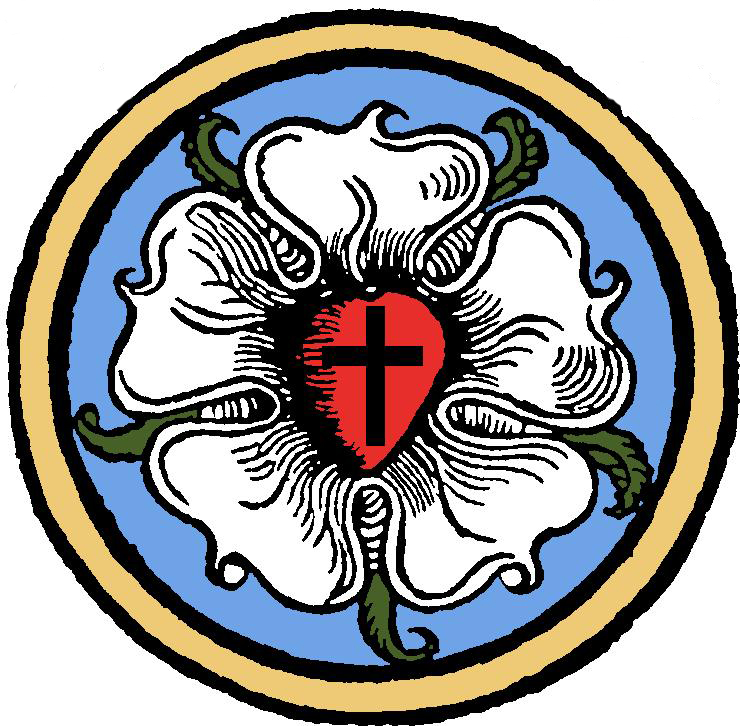Episodes

Thursday Aug 24, 2023
Bible Study - Revelation 1-3 Part 5
Thursday Aug 24, 2023
Thursday Aug 24, 2023
Last week we saw that the important One that John sees in his vision is Jesus Christ, the Living One, alive forevermore, One with the Living God of the Old Testament. We also saw what some of the imagery of Christ means - that He has a two-edged sword in His mouth and keys of death and Hades. John is simply to write down what he has seen.
John had also seen “seven stars in the right hand” of Jesus (Revelation 1:16) and that He, Jesus, was standing “in the midst of seven lampstands” (1:12-13). The “mystery” (something hidden) of what these are is now revealed, too, in 1:20 by Jesus Himself, as a Divine revelation. Jesus says that the “seven stars” are “the angels of the seven churches” to whom John is to write; and the “seven lampstands” are the “seven churches.”
This is important to note, as one of our principles for interpreting the Scriptures is to take things “literally” unless there is something in the text or context to suggest otherwise. In this case, Jesus is telling us that “stars” are not always literal “stars.” They represent something else. This indicates that there can be lots of symbolism and picture images in Revelation - as there are. Jesus does not literally have a knife in His mouth, but we can see what that image means about Him. Those who try to take all of Revelation literally run into many problems.
Some passages are just common sense, too. When Jesus says of Herod, “Go and tell that fox” (Luke 13:32), we can tell that He is speaking of Herod’s character, not that he was literally a fox. Poetry, such as the psalms and other poetic materials, have lots of picture-images and figures of speech. Psalm 96:12 speaks of “the trees of the forest singing for joy,” and Psalm 98:8 says “the rivers clap their hands;” and we get what those images mean. In contrast, there is nothing in Genesis 1-3 that tells us to take those chapters in a non-literal way, though many try to make them into parables or fables of some sort. Genesis 1-3 is God describing, through Moses, His actual creation of the universe and our world and the first people and then, their fall into sin. Scripture itself often helps us interpret other Scriptures, too. (If you look through Scripture, God is always described as the Creator of all things, and the first people and the fall into sin as real events of real people.)
Going back to Revelation, Jesus says in Revelation 1:20 that the “seven stars” are “the angels of the seven churches. ”The Greek word “angel” means a messenger, and angels sometimes delivered messages. Some think, then, that these angels for the churches are some kind of literal guardian angels, another function that angels, who are real, can perform. Revelation 2:1 says though, “To the angel of the church in Ephesus write.” There really are no clear Biblical examples of letters being written to literal angels. Most think that the meaning “messenger” is a better understanding of Revelation 2:1, and that this refers to pastors and teachers and leaders of the churches, who are God’s messengers in each of the churches and would read and share what was written to them with the members of their churches.
See, for example, Malachi 2:6, which says, “For the lips of a priest should guard knowledge, and people should seek instruction from his lips, for he is the messenger (same word as angel) of the Lord of hosts.” See also Daniel 12:3: “And those who are wise shall shine like the brightness of the sky above; and those who turn many to righteousness, like the stars forever and ever.” Those who share the Word of God are compared with stars of the sky, because of the bright light of God’s truth that they share.
In Revelation 1:20, the seven lampstands symbolize the seven churches themselves, to whom the letters are to go. Often God’s people, who are the church, an assembly of believers, are called to be lights or lamps to others and to the world. See Matthew 5:14-16, for example. “You are the light of the world. A city set on a hill cannot be hidden. Nor do people light a lamp and put it under a basket, but on a stand, and it gives light to all in the house. In the same way, let your light shine before others, so that they may see your good works and give glory to your Father Who is in heaven.”
One more thought, and then we will stop for this week. Note that in Revelation 1:12, Jesus is pictured as in the midst of the seven lampstands, which we now know are the seven churches to whom John’s vision are to go. Jesus is also pictured In Revelation 1:16 as holding the seven stars, which we now know are the seven angels (messengers - pastors and teachers), in His hand. Both of these images picture Jesus as being closely involved in all that is going on with the messengers and the churches themselves. The messengers and churches are important, but Jesus still is most important, leading and guiding through them and through His Word.
Next week, we will look at the message to the church at Ephesus, in Revelation 2:1-7. If you have time, read Acts 19 and 20:17-38 to get some of history of the ministry in Ephesus.
The Lord’s continued blessings to you all. As Paul wrote in Philippians 2:15-16, “May you be children of God without blemish in the midst of a crooked and twisted generation, among whom you shine as lights in the world, holding fast to the Word of Life.”


No comments yet. Be the first to say something!